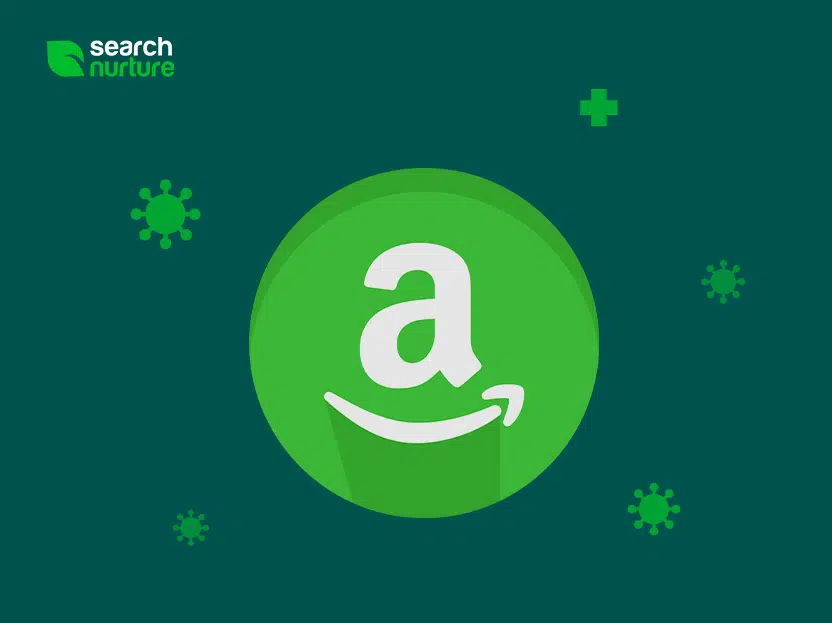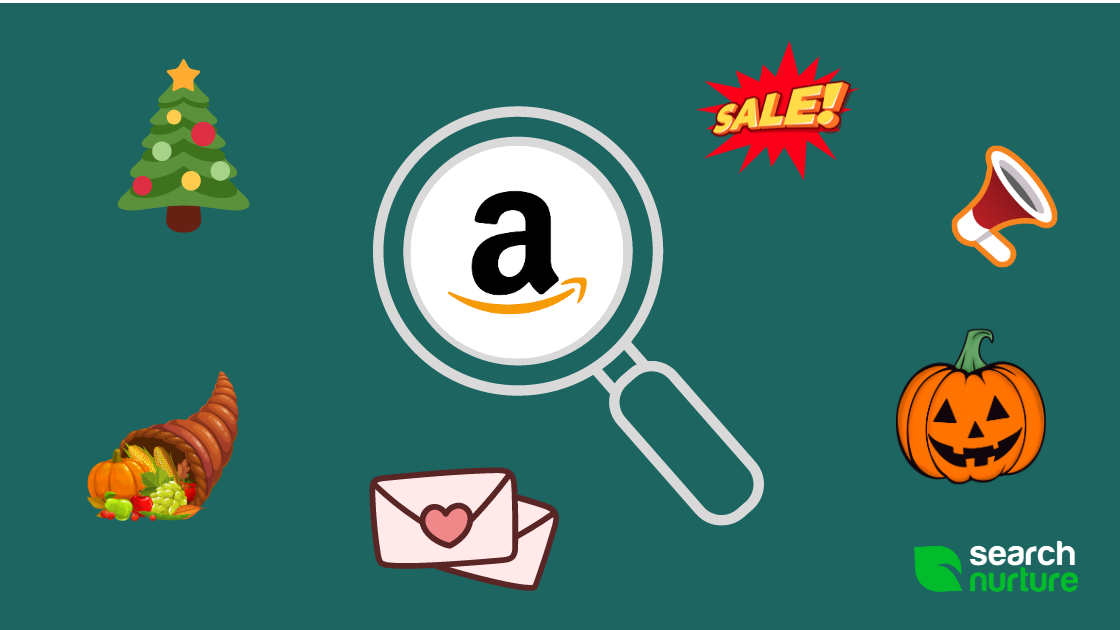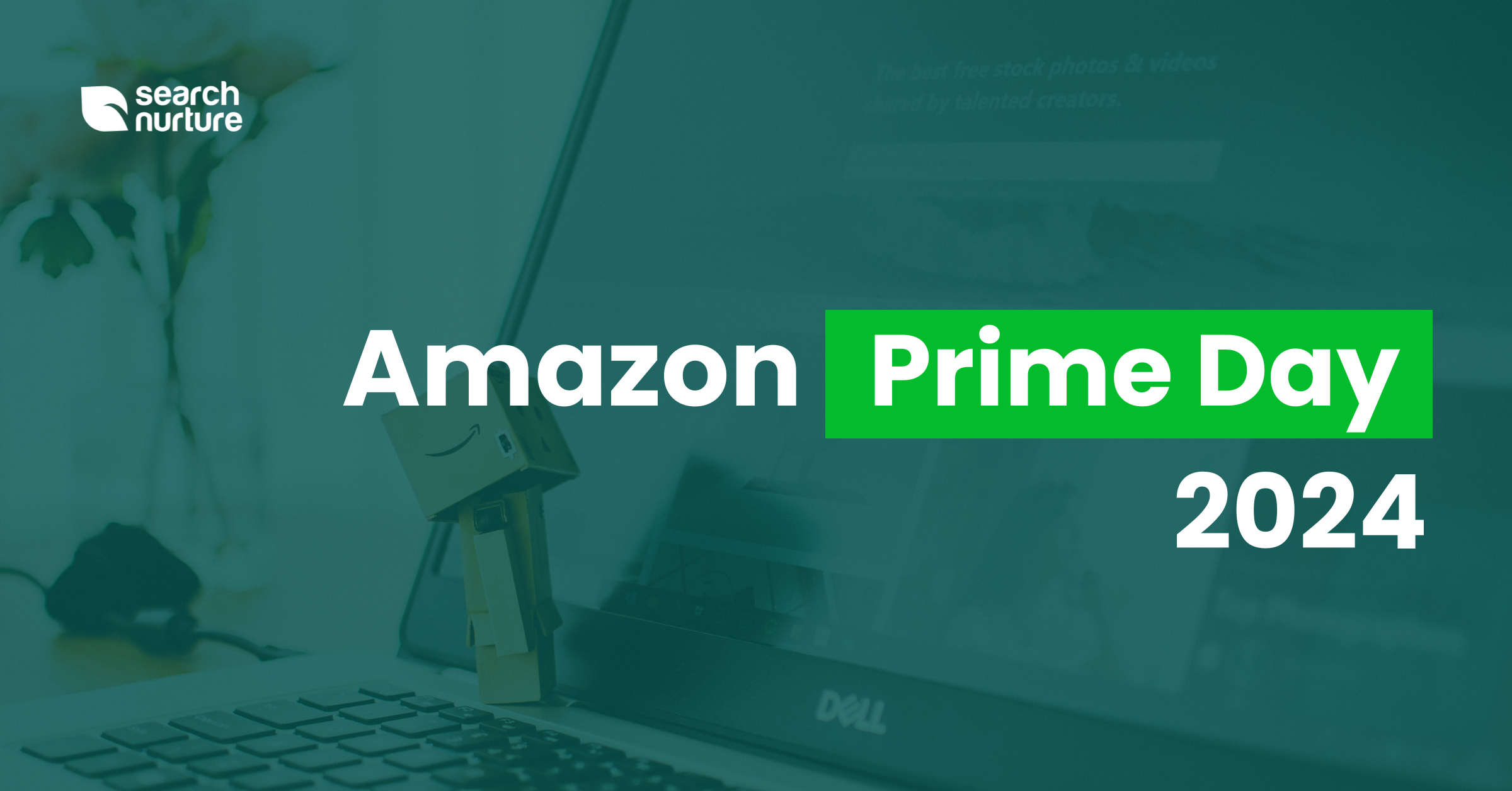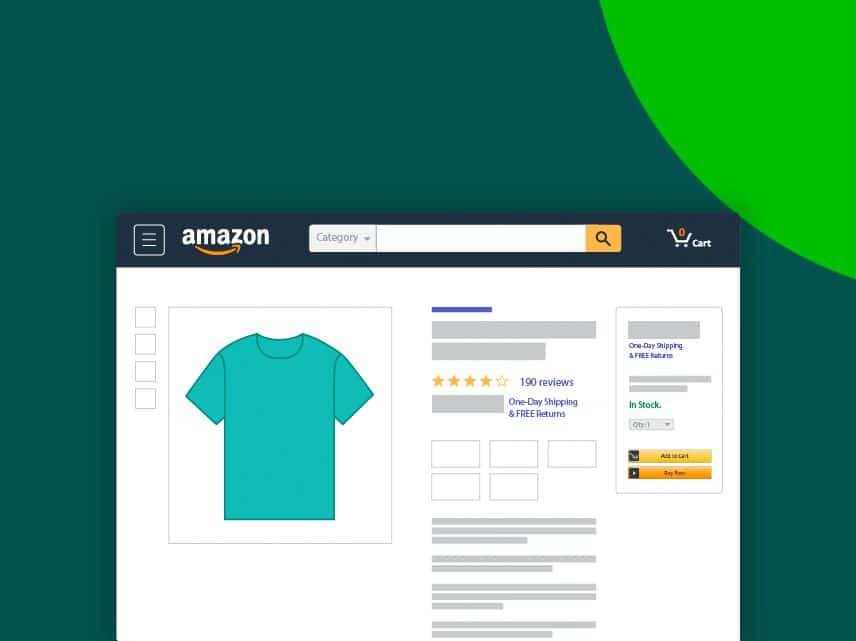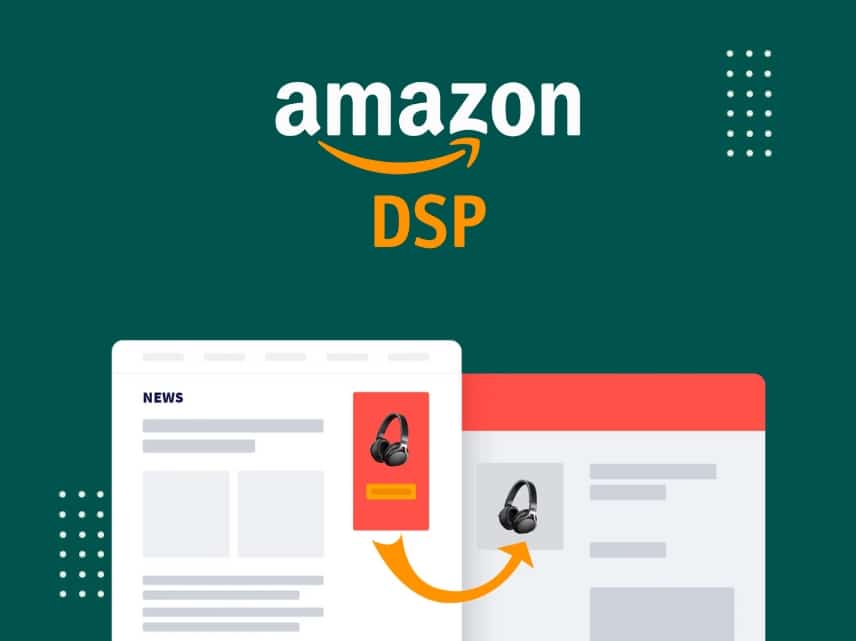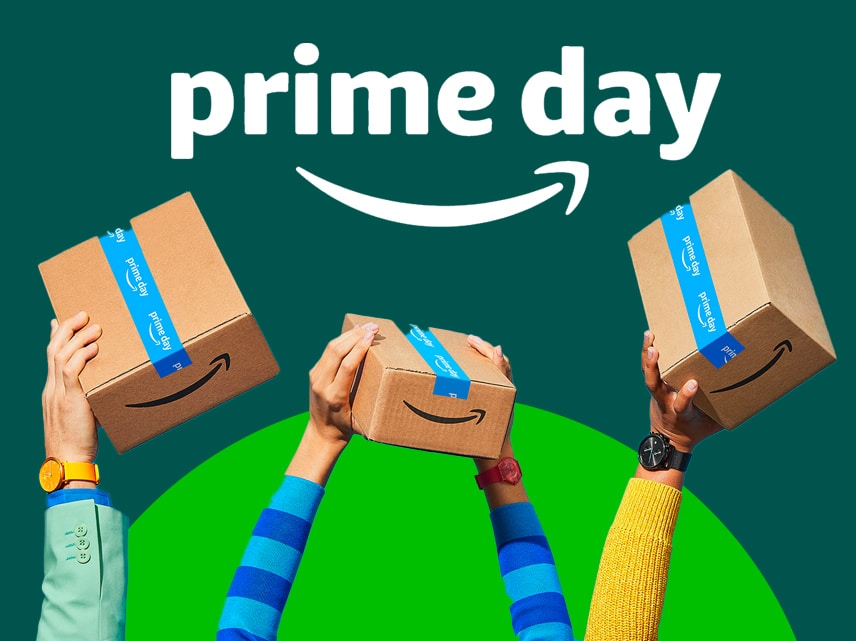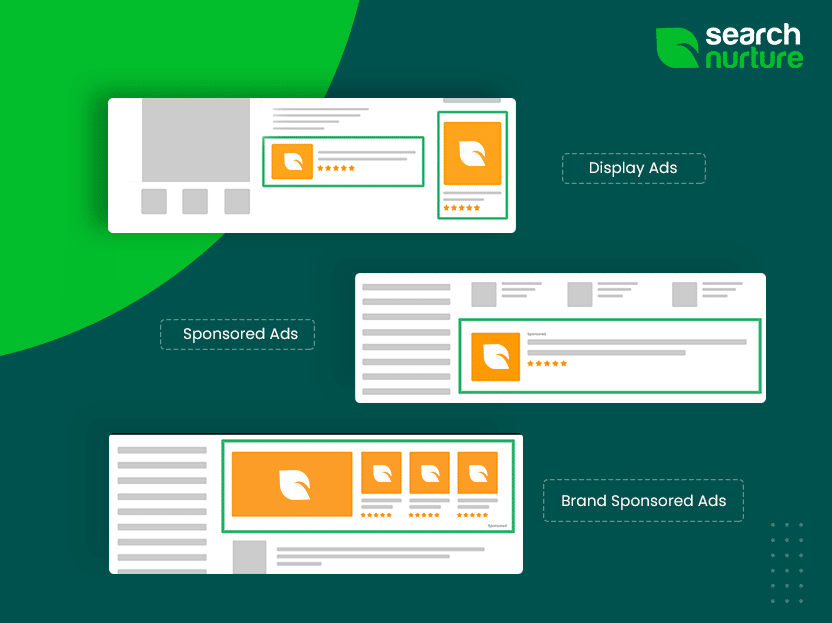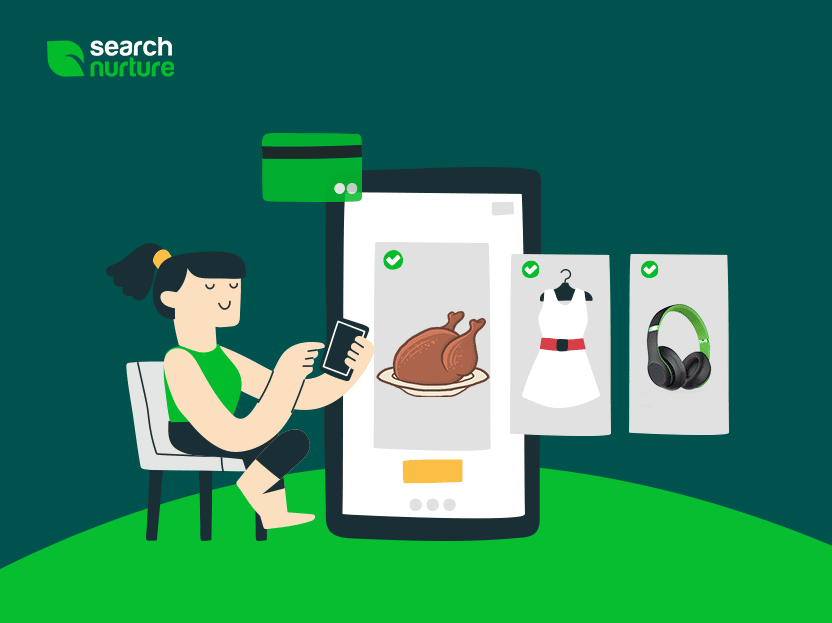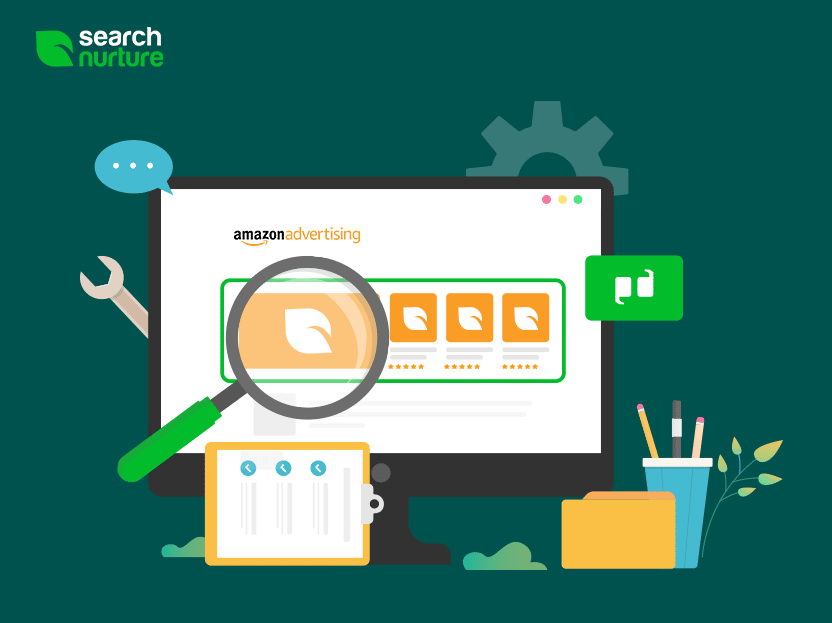Why it is Essential to keep Advertising on Amazon During COVID even if you are not selling an “Essential” Product
On Tuesday, March 17th, as shelter-in-place orders were being announced in California, and around the country, Amazon sent its Vendor Partners a memo announcing it was halting purchase orders on all non-essential goods. The essential item categories were beauty and personal care, grocery, industrial and scientific, and pet supplies. This led to a host of reactions from companies for whom most or all of their products fell outside of the essential item categories. Among the most alarming of these reactions was the number of companies that elected to immediately pause all Amazon advertising.
Examining budgets and looking to reduce extraneous costs during times of economic uncertainty is sound business management. Covid-19 has created a host of very real concerns for companies, including the potential loss of sales, as well as possible production and supply chain disruptions. That being said, due to the nature of Amazon’s algorithm, pausing advertising is a potentially dangerous and problematic decision, which can have long-lasting knock-on effects on your business.
Both purchase order size, as well as organic rankings, are heavily influenced by overall sales volume, including those sales which are ad-attributable. Halting ad spend, particularly on branded keywords takes away advertised product spots, and opens those positions to direct competitors. In addition, when considering branded search terms, the brand has an advantage in relevance and generally lower CPC to them defending their own terms. If they stop spending, competition dwindles and lowers CPC for their brand terms, allowing rivals to win their brand terms at a lower cost.
Losing these top spots will naturally lead to a decline in sales, which will in turn cause products to fall in organic rankings, further reducing orders in a vicious cycle. Competing products that have not halted advertising will rise up the organic rankings in turn, increasing their overall sales, due to the Amazon flywheel effect. Once Amazon resumed purchase orders on non-essential items, it was on an intentionally limited basis and focused on top sellers. This means that if your ad spend pause led to reduced sales when no non-essential products were being ordered, you may find your product purchase orders to be deprioritized.
As those who stopped spending while waiting for Amazon’s purchase orders to include their products again, their competitors have gained a steady supply of purchase orders that they are getting ads attributed to and organic sales from. Allowing them to continue to take the brands that have stopped spending’s Amazon market share.
One might ask if this conflicts with Amazon’s business model; diversity is part of the reason they are so appealing to the customer. But past activity has shown that this is not the case as Amazon halted purchase orders to many smaller retailers with no warning or explanation (source). Amazon is fine with weeding out smaller and less profitable suppliers in order to cut overhead and simplify their process.
Essentially brands are now left with a choice: do they want to stop spending, allowing the competition to win placements on their branded search, or take market share and preciously limited Amazon purchase orders? This will set these sellers back months, maybe even years back, from their competition. All during an unprecedented time, that will more likely than not accelerate the shift of consumer focus further from brick and mortar towards an online retail marketplace that is dominated by Amazon.
This is an opportunity to set your brand apart from your competition. Other brands are facing tumultuous times and some will certainly make the decision to stop spend on Amazon Ads. This is an opportunity to gain market share and continue to cement your, already increasing, foothold on Amazon. We are facing one of those rare times in history where entire businesses are defined by what they do in the space of several months when risk and opportunity exist in equal abundance.
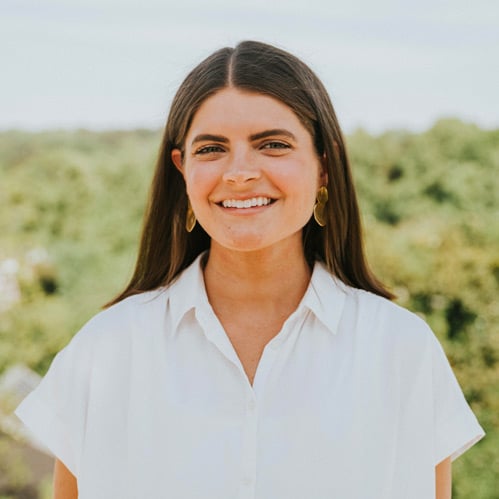
Article by


